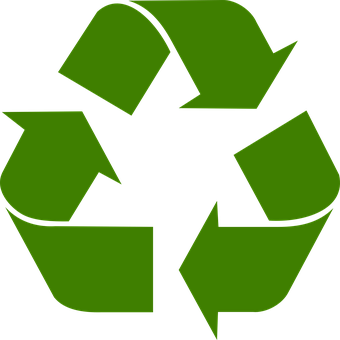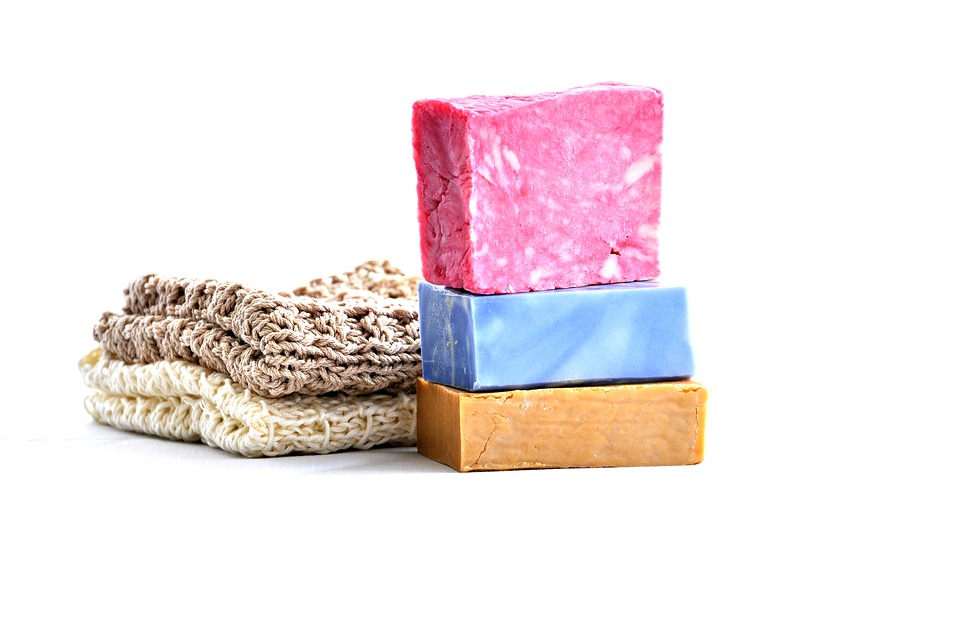Given the recent uprising against Hosni Mubarak’s three-decade dictatorship in Egypt, Americans should note how political and social conditions in the Middle East can rapidly and unpredictably change.
So, does it make sense for the world’s largest economy to be heavily dependent for oil in a region where disruption is always a possibility? No, it doesn’t. Yet America has been reliant on the Middle East for oil for most of the automobile age. Only recently has there been any effort to switch to alternative fuels and lower America’s dependence on imported oil.
Even though the U.S. has increased domestic drilling, they wouldn’t be able to pump its daily consumption of 18.7 million barrels per day without the imported fuel to make up the difference. In November 2010 alone, the country imported an average of 8.25 million barrels per day. Nearly 2 million of these came from the Middle Eastern oil producers, according to the U.S. Energy Information Administration data.
What then is the solution to becoming less dependent on foreign oil? Many believe that the answer could be in domestic natural gas.
HOMEGROWN FUEL
The only domestic energy source that has the potential to end the country’s dependence on oil for transportation fuel in the U.S. is natural gas. Natural gas is abundant, competitively priced, clean, and available domestically.
Of all of its good qualities, abundance is the most appealing advantage. The Potential Gas Committee (PGC) has estimated that the U.S. had 1,836 trillion cubic feet (Tcf) of recoverable natural gas as of 2008, out of a total future natural gas resource base of 2,074 Tcf. This would meet the nation’s natural gas demand for about 100 years, based on the nation’s current consumption rate.
Of the 22.8 Tcf of natural gas consumed in the U.S. in 2009, 90% was produced domestically. Furthermore, most imports of dry natural gas came from a reliable trading partner: Canada.
Natural gas has become a highly used energy source for industrial, commercial, and residential uses. However, it has yet to play a larger role in transportation fuel, aside from use in bus fleets and other industrial fleets.
WHY SIZE MATTERS
Two factors make the use of natural gas unappealing to consumers. The first is its lack of compactness. Large vehicles, such as buses and vans, are able to accommodate the large tanks that natural gas requires. However, smaller cars and modest-size SUVs cannot accommodate the large tanks without displacing volume from features that car buyers find appealing: trunk and cargo space.
The second issue stems from the lack of natural-gas filling stations. Even with more stations being added each month, there are only around 1,100 stations throughout the entire U.S. Compare this number to the more than 160,000 gasoline stations and it is obvious why it is more convenient and appealing to have vehicles which use gasoline.
To combat these two issues, public policy would have to heavily encourage natural gas fuel use in order to increase its role as a transportation fuel. U.S. drivers will not be likely to leave behind their gasoline habits, even if gasoline becomes more on a per-mile basis than natural gas.
PRICING
Critics of natural-gas point out that the current price of natural gas would likely go up if drivers shifted in large numbers to natural gas. Of the nearly 12 million natural-gas vehicles in use globally, only 110,000 are found in the U.S.
A counterargument to the critics’ point is to simply ask: What is going to happen to the price of gasoline in the upcoming years? The International Energy Agency predicts that global oil demand will rise in 2011-2012 due to economic expansions worldwide. This prediction could be wrong and the demand could always drop.
Currently, the price of oil is about $91 per barrel. However, given the rising demand in emerging-market economies for oil, how likely is it for the price of oil to stay the same? As global demand accelerates, it has been predicted that oil may top $100 per barrel in 2011.
FOREIGN OIL DEPENDENCY
As history has shown, events in the Middle East are subject to periods of interruption. Whether or not the price of gasoline remains stable or declines, it will not eliminate the liability of U.S. oil consumption.
Clearly oil will remain an essential fuel in the upcoming years; however, the U.S. needs to see that the energy future will be reliant not only on the price but also on the reliability of the energy sources. Natural gas could provide the U.S. with the necessary solution to the uncertain international energy dependence.
DailyFinance









